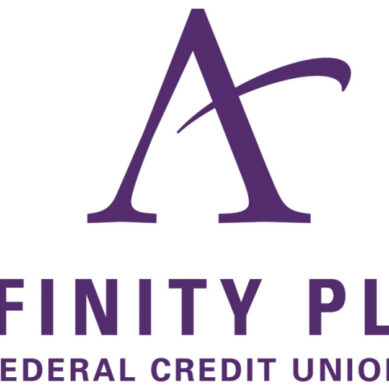As access to digital and plastic solutions expands, the likelihood for individuals to carry cash is dwindling. Most are using debit or credit cards or other payment solutions. There are some real benefits to both the member and the credit union when credit unions offer card processing solutions. Let’s dig into the basics of card processing, the industry, and end with things to remember when working with vendors or partners.
Understanding card processing
We all know the basics: card processing is a way for your members to get their funds out of their accounts while shopping in person, online, or get cash out of an ATM. What the members don’t know is all the details on how the transaction really works once they swipe their card. Let’s break down the transaction:
- The member inserts to use their chip (or swipes for those merchants lagging behind) to pay for a transaction.
- The store processes the transaction first by identifying if it is a PIN or Signature transaction (typically Visa/MasterCard or a pin network like NYCE, Star, or CO-OP).
- Transactions route through the network to the vendor.
- The vendor validates the card and transaction information against the fraud parameters, limit verification, and may send it to the core data processor for balance verification. Once the decision on the transaction has been made, the approval or denial goes back through the same channels.
While this process takes seconds to complete, all the steps along the way are defined by the credit union and vendor. When setting a program or changing vendors, there are many discussions held to outline these tasks and ensure productivity, profitability, and safety for both the member and the credit union.
Understanding the industry
The card industry is ever-changing. Over the last few years, we have seen several mergers and acquisitions. Not only is this decreasing the options for credit unions, but the vendors are also internally consolidating platforms. This means that they are combining products and services to one surviving platform while they are working on plans to migrate everyone over to the “surviving” platform, which is making their calendars full and harder to secure project dates.
Considerations when selecting a vendor or partner
When choosing a vendor, you want someone who will be there to help and guide you as they are the expert in the industry. Think of the card processing section—all those decisions and more need to be made along with things like what limits are you going to support and what transaction or velocity counts you are going to support.
When selecting a vendor or partner you will want to consider the following:
Customer service: Will they be available for you when you need them? This could be during normal working hours but could be over the weekend or a holiday. Transactions do not stop even if business hours have passed.
Fraud services: What kind of fraud protection can they offer the credit union and the member? Can they look at the BIN from a high level for things like brute force BIN attacks and block the vendor, or is this something that the credit union will need to monitor? In addition, if changes need to be made, understand how quickly this can be done. Ensure the vendor or partner is someone who will review all options at a card level to help ensure your member is protected.
Costs: Look out for you. Read the contracts, ask all the questions, talk to other credit unions using this vendor, and pick the best cost and the vendor who will be your partner. Interchange income is a key factor here too. What income is passed to the credit union and what ways are there to increase that income? Be sure to talk to your vendor about leveraging Visa versus MasterCard. Some credit unions have seen a sizable credit when changing vendors and changing brands.
Core integration: Make sure the vendor has an integration with your core data processor. Many vendors have multiple platforms, so confirm which platform(s) you’ll have and their integration so you are not looking at development costs on the core at the last minute.
Rewards: Talk about offering rewards and what that might look like. There are typically rewards to the members to keep them using the cards which then would drive interchange income for the credit union to help offset some of the expense. Be sure to talk to your core data processor to see what they can offer as well.
Technology: Talk with the vendor on what technology they offer and what is on their road map. Do they support wallets? Do they have contactless chip cards? Do they have digital card issuance?
Choose wisely
Everyone hopes that when they select a vendor, they find a partner. A partner should be someone who is there to help when you need it, someone who protects the credit union and its members, and someone who provides you the best deals and helps keep your card top of wallet for the member. Review all your options carefully and select the right vendor for both you and your members.































































